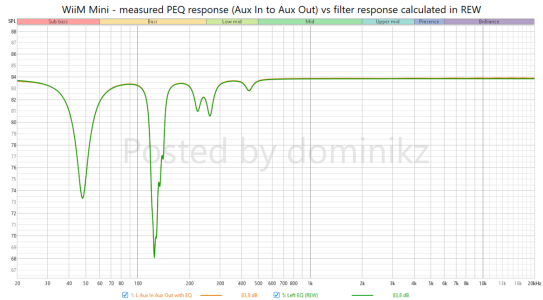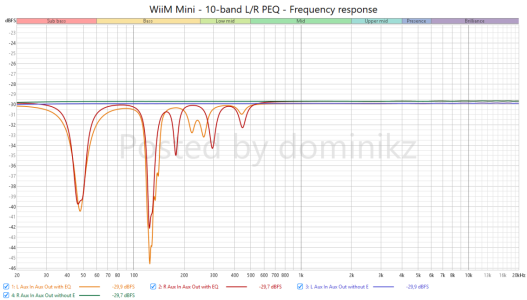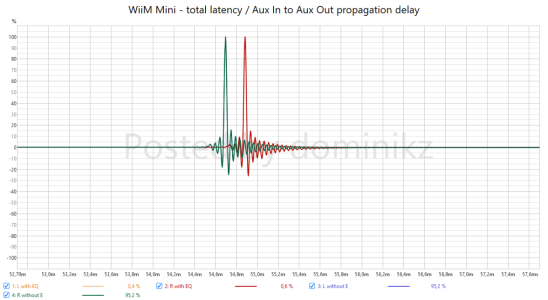Please review the WiiM Mini update release notes below. If you encounter any issues, feel free to reach out to us. This firmware update is being rolled out in stages, with devices updating sequentially over the next few days.
2 / 25 / 2025
What's New:
4.6.708757 (In Progress)
Release date:2 / 25 / 2025
What's New:
- Persistent Group Support: Enhanced quick selection and synchronization for multi-room audio across devices.
- Room Correction: Optimize your speakers to match your room's acoustics with the new Room Correction feature.
- Enhanced DHCP Compatibility: Improved stability and reliability across various routers.
- Replay Gain Enhancements: Replay Gain now supported for TIDAL, Qobuz, NAS, and local libraries.
- My Weekly Q Support on Qobuz: Play "My Weekly Q" playlist (requires app v3.1.4).
- Preset Enhancements: Added support for moving presets (requires app v3.1.4).
- Playback Enhancements: Resolved Audible playback issues via Alexa and fixed playback problems affecting certain custom radio stations.
- Radio Paradise Fix: Corrected a playback failure issue.
- Gapless Playback Enhancement: Fixed an issue that caused skipping when playing tracks shorter than 10 seconds.
- General Fixes: Made several performance improvements and fixed miscellaneous bugs.



